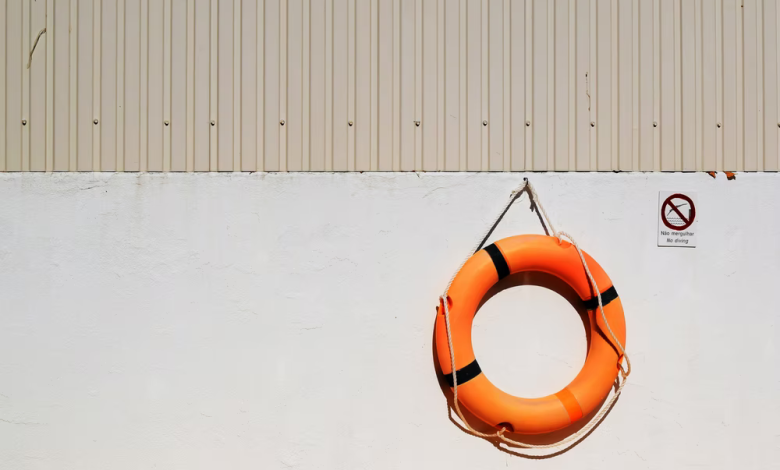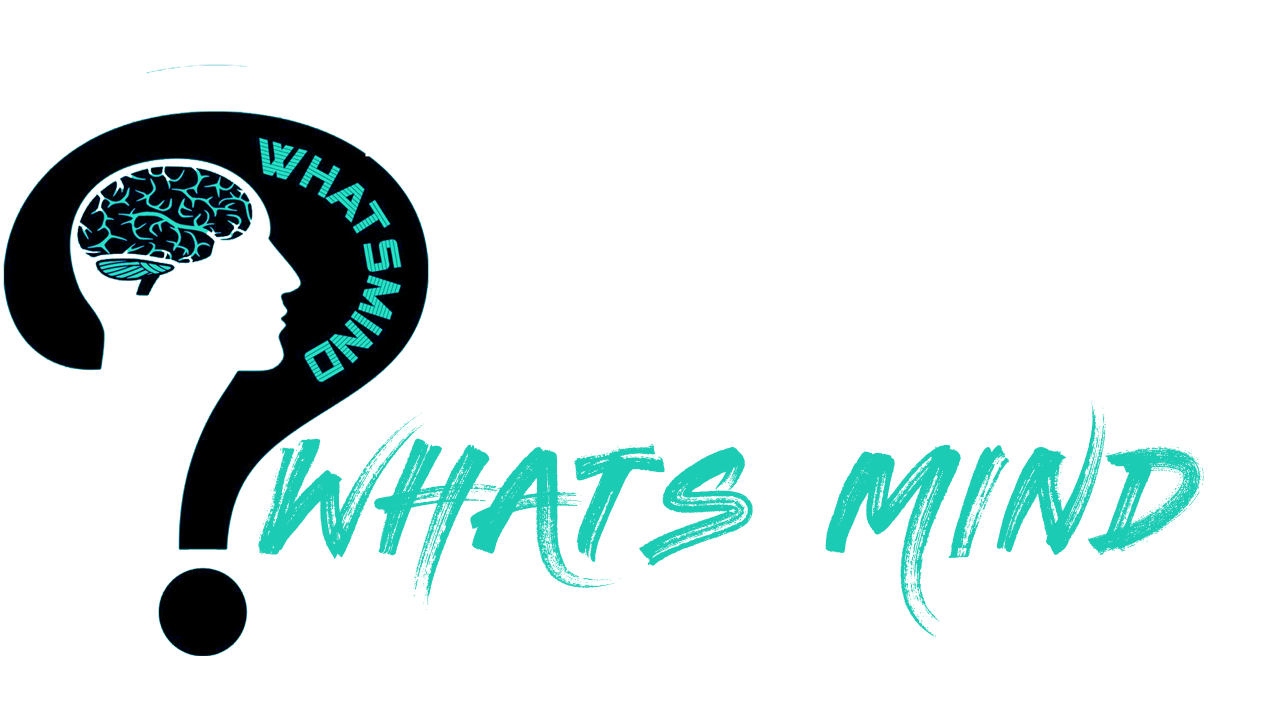4 Things You Should Know About Basic Life Support

Have you ever been in a situation where you witnessed someone– either close to you or a stranger–suddenly start to choke and find it difficult to breathe? Scary isn’t it? Especially when you have absolutely no idea how to help them since you lack BLS skills.
BLS (Basic Life Support) is the process of maintaining an airway and supporting breathing and circulation. Its main aim is to ensure adequate ventilation and circulation until the source of the attack can be reversed.
Table of Contents
Elements of Basic Life Support (BLS)
There are four main elements of BLS that everyone should be familiar with. They include:
1. An Initial Assessment
As we are discussing about Basic Life Support. This should be the first thing you do before starting any intervention. Assess the area to make sure that you or the patient are not subject to any danger, this is because if you get hurt, you would only make the situation worse.
Thereafter, check if the patient is conscious or not, has an open airway and breathing, and has a pulse. If the victim is unconscious, you will need to observe, listen and feel for signs of breathing. If breathing is absent, you need to commence CPR. If they are breathing but unconscious, call for help but continue to monitor their vitals until help arrives.
CPR is the priority management given to a non-breathing patient. You need to stay level-headed and focused so as to give the best care possible to the client.
2. Airway Management
This is done to ensure that the patient is still breathing. Open the patient’s airway by tilting his head and lifting his chin. Please avoid the head tilt if you suspect any trauma to the head. In keeping the airway open, watch, listen and feel for breathing, ensure this lasts for about 10 seconds before you determine whether or not breathing is present.
If he is breathing, put him in a recovery position; however, if he is not, place him on his back and commence rescue breathing. Ensure that there are no visible obstructions in the victim’s mouth; with the head tilted and the chin lifted, pinch the top part of his nose closed, give mouth-to-mouth breathing for about two seconds, and ensure that you have a good seal. Remove your mouth and watch the chest fall as the air moves out.
3. Oxygen Therapy
In situations where the patient is not breathing well or has a low oxygen saturation, the knowledge of oxygen therapy would help in administering oxygen to the patient. The good news is that there are portable and easy-to-use oxygen cylinders that deliver oxygen when needed. It is also smart to have a pulse oximeter that you can use to monitor the oxygen saturation level.
4. Chest Compressions
Check the patient for a carotid pulse for no more than 5-10 seconds. If the pulse is absent, commence 5 cycles of CPR which should last for about two minutes.
Give 100 to 120 compressions for every one minute, in other words, 30 compressions every fifteen to eighteen seconds. Situate your palms midline, one on top of the other, ⅓ below the patient’s sternum in between the nipples. Lock your arms. Using both arms, press.
Provide 100 to 120 compressions per minute. This is 30 compressions every 15 to 18 seconds. Place your palms midline, one over the other, on the lower 1/3 of the patient’s sternum between the nipples. Lock your arms. Press the patient’s chest using both arms to a depth of 2 inches in a hard and fast fashion. Allow for full chest recoil with each compression.
There are also some other basic life-saving skills everyone should know. These includes
. The Use of Automated External Defibrillator
While CPR does help keep the blood flowing, it cannot restart the heart in dire situations. It is important that everyone learns how to operate an AED, a certification in ACLs and BLS is recommended. According to the information found at https://www.acls-pals-bls.com/bls-certification-online-renewal/, you can go about getting your certification renewed easily as long as it’s done from a reliable and credible source.
Valid for about two years and can be renewed after it expires. Be sure to enroll in a proper training course; that way, your presence in any alarming event or scenario can be extremely useful and even life-changing at times.
. Application of Bandages
The use of bandages to arrest bleeding is another skill that needs to be learned. Care must be taken not to apply the bandage too tightly.
Also read: Meditation Music
. Heimlich Maneuver
Last about Basic Life Support. This is a recommended maneuver for people who are choking. It could be done through a back slap or abdominal thrusts to help dislodge the cause of the obstruction. This should be done as quickly as possible because a person could lose their life this way.
BSL is a lifelong skill that needs to be learned by everyone. Ever heard of the golden hour? Patients who receive immediate care within an hour of collapse have better chances of surviving than those who do not. By taking that certificate course in BLS, it’s guaranteed that you will be able to efficiently and effectively help anyone in emergency medical situations.
For more content like Basic Life Support visit www.whatsmind.com




